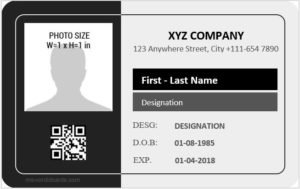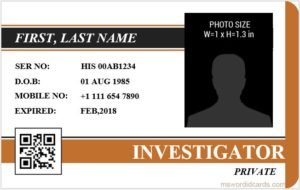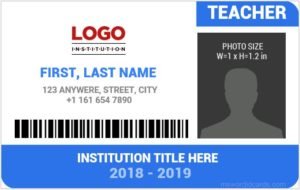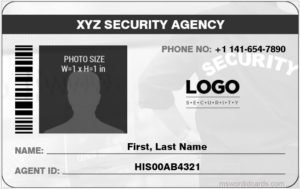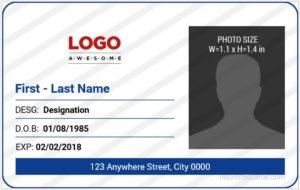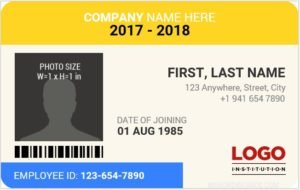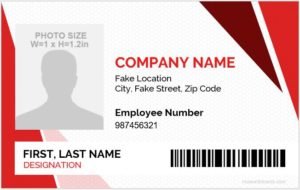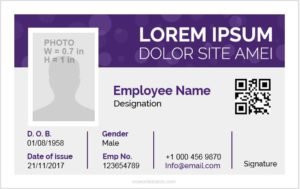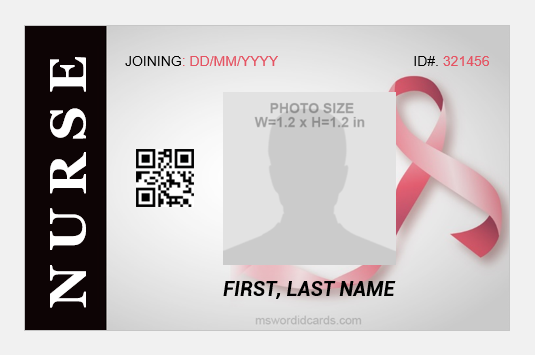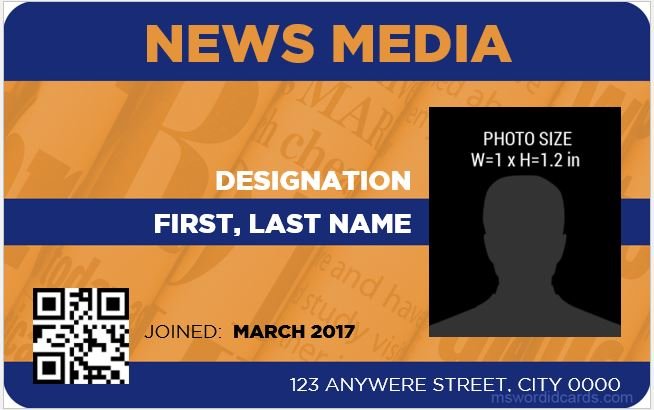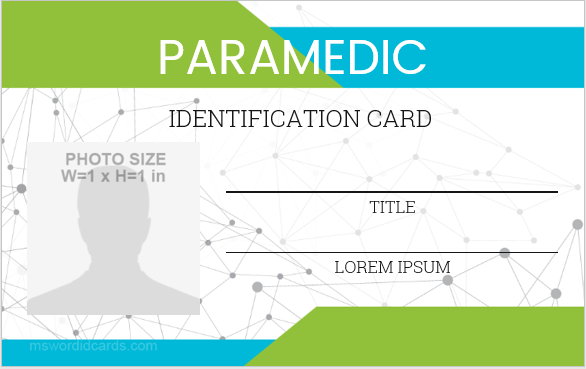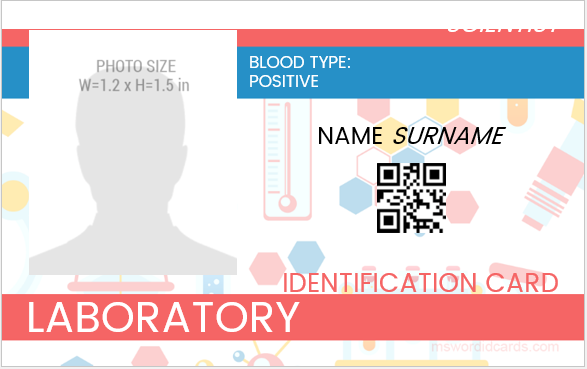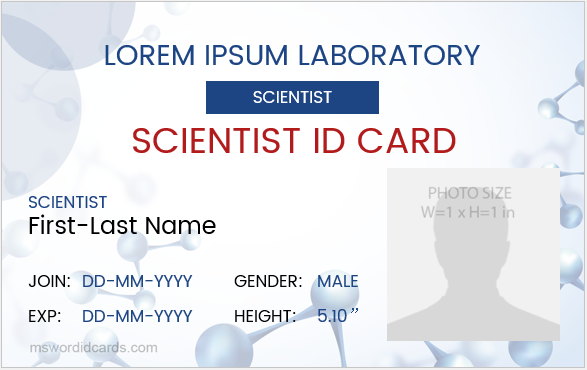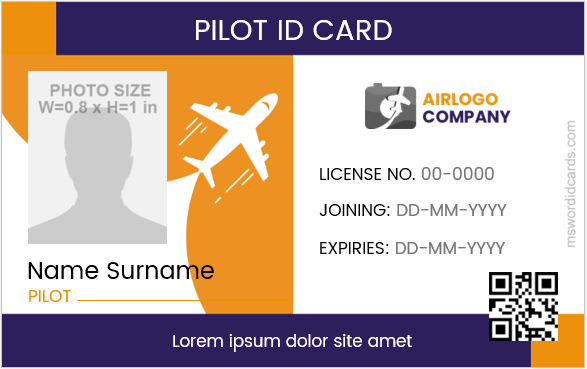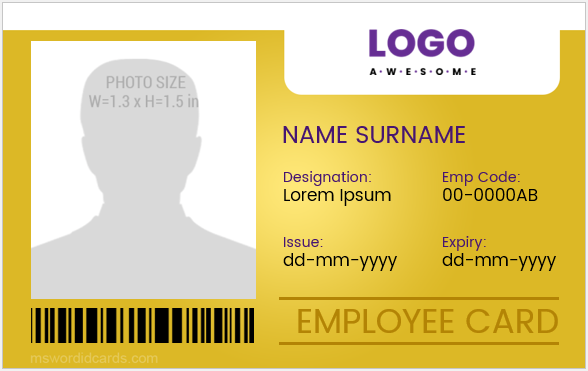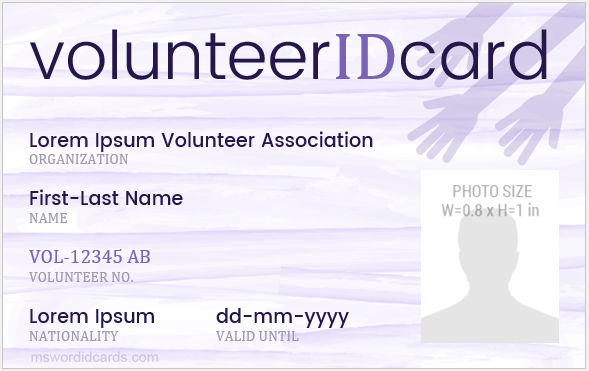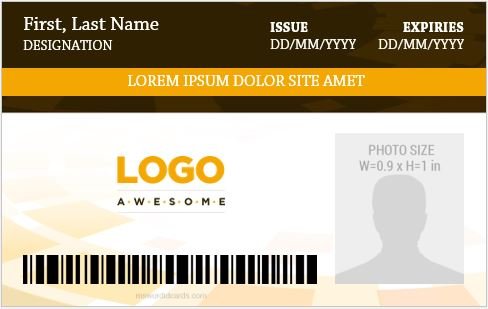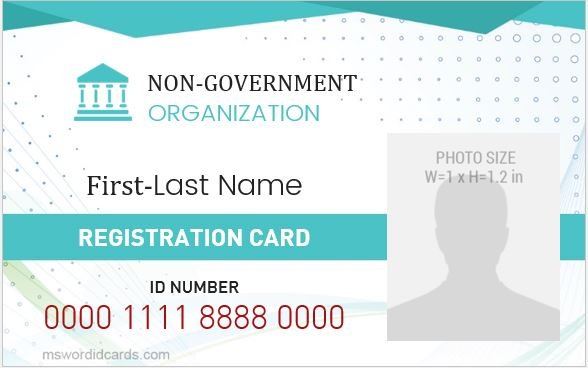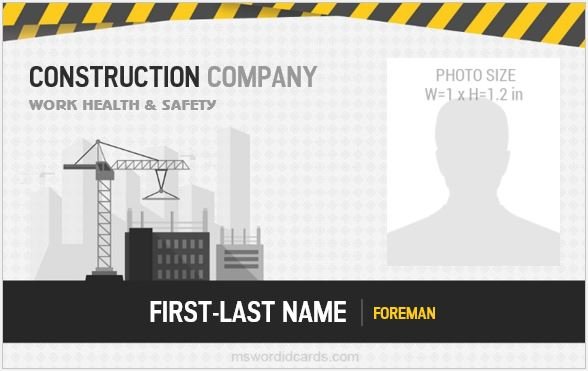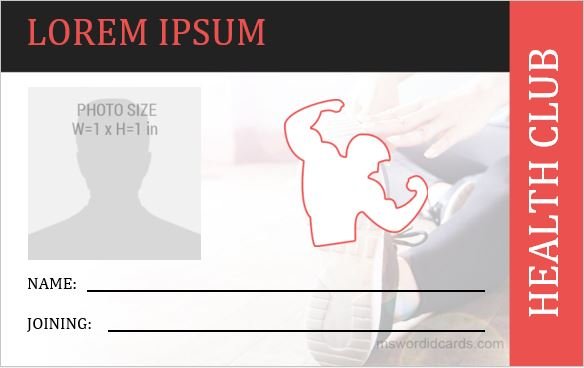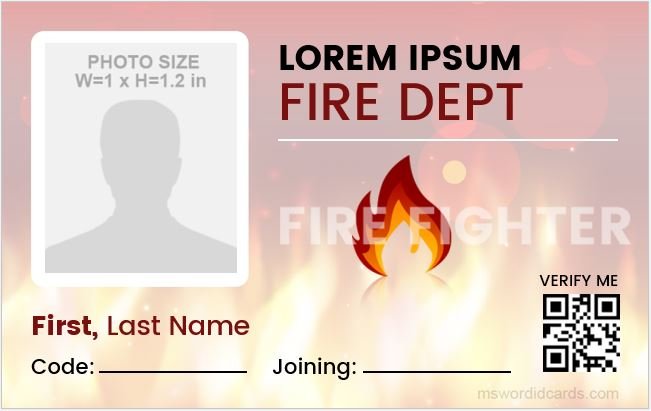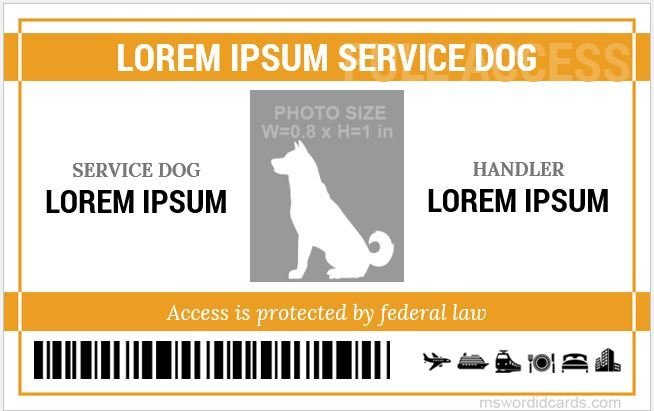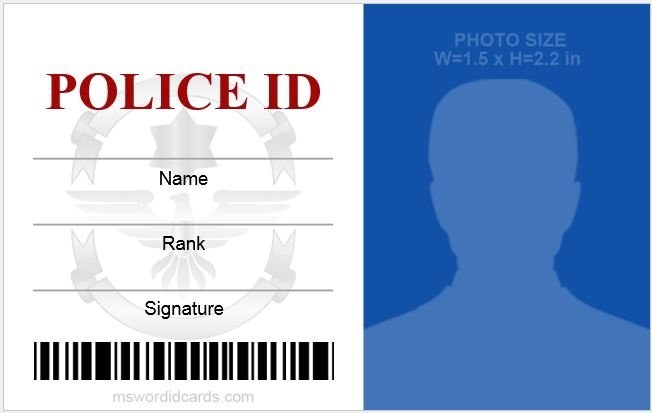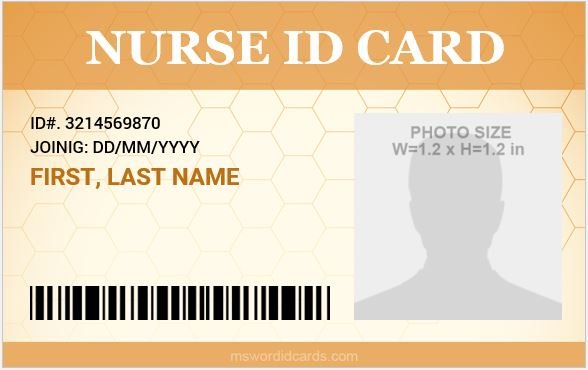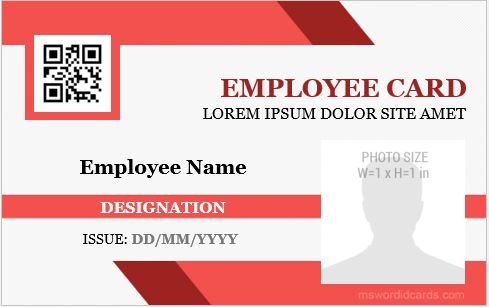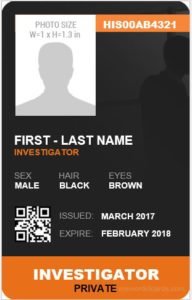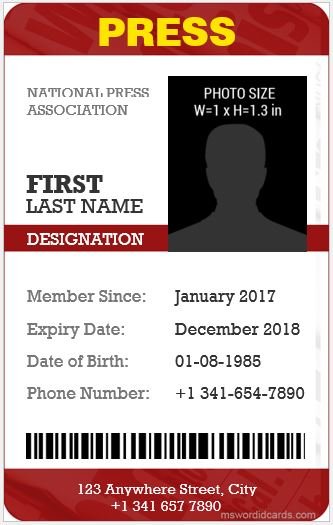An employee ID badge is an identity card worn by a person for identification purposes. It is mostly made up of a piece of paper, plastic, or metal. Usually, it consists of a photo, the Name of the employee, the organization’s logo, a barcode along with other employee details.
Importance of Employee ID Badges
Employee ID badges have become one of the most essential and important components of an organization, no matter how big or small it is. We hardly see a company without them. They were initially used for just visual identification, but now they serve much more than that.
Safety and Security: Employee ID badges can be used for Access Control. Admission inside the building can be approved or denied just with the help of a card. A person who does not belong to an organization would easily be identified.
Time Logs: The work duration log can be maintained. The entry and exit times of each employee can be tracked.
Categorization: Employers can define the access level of the employees to certain information.
Monitoring: Employers can check the system to know how many people work in the organization and what their statuses are.
Functionality: It is used for credential management systems such as controlling access, attendance, parking, cafeteria usage, and more.
Appearance: Employees wearing ID badges gives a professional look and shows how organized the company is.
Organizations using Employee ID Badges
Government:
Security in Government facilities is exceptionally important. With ID badges, the access of employees can be determined on the basis of their authority. This access can not only be limited to the entry and exit of the building but also to the computerized networking system, which could contain highly secure and secluded data on government matters.
Corporations:
Besides personal identification, corporations also use Employee ID badges for security purposes. Keeping track of all the employees and granting them access to the building and networks accordingly.
Health Care Centers:
It is highly important for healthcare employees to wear ID badges. It helps distinguish between doctors, nurses, and staff members. They are usually color-coded too. It provides a sense of security to the patients. Also, unauthorized people can be prevented from accessing confidential information and restricted areas.
Educational Institutes:
It has become a requirement for students and staff members to wear ID badges in schools. It grants access to people belonging to the institute and provides a sense of security to the parents as well.
Employee ID Badge Formats
The ID card information can be displayed horizontally or vertically. It can be one-sided or double-sided depending on the organization’s needs.
Types of Employee ID badges
Basic: A card document to provide the identity of an employee. Usually, consist of Photo and employee details.
Magnetic Strip: These are used to encode the data on the ID badges. This data is usually the information of the employee. When it is scanned, the data is decoded into a visible format.
Holographic: This provides resistance against ID counterfeiting and tempering.
Proximity Card: A microchip is embedded in these ID badges which provides the identity information of the employee.
Smart Card: A smart card is also embedded with a microchip but it is capable of storing much more information, such as employee identification, authorization, and other values.
Orientation
The orientation of an ID badge depends on the organization’s preferences, and how they want the employees to wear them. It can be vertical or horizontal.
Layout
The layout and the size of the ID badge should be carefully chosen so that it is comfortable for its holders. International Organization for Standards states the physical features of an ID badge to be 3.375″ (wide) × 2.125″ (height). The maximum resolution of ID badges is 300 DPI. The badges are made of durable materials such as PVC and chip-embedded plastic cards.
Sizes
Primarily, there are 3 sizes available for ID badges.
- CR80: this is the most popular standard size of an ID card. It is also the same size as a credit card. The dimensions are 3.375″ × 2.125″.
- CR79: this ID badge is a little smaller than the standard size. Its dimensions are 3.303″ × 2.051″, usually with rounded corners.
- CR100: it is larger than the standard ID badge so that the badge can be easily seen even from a distance. Its dimensions are 3.88″ × 2.63″.
See many categories given below to choose an id badge from.
